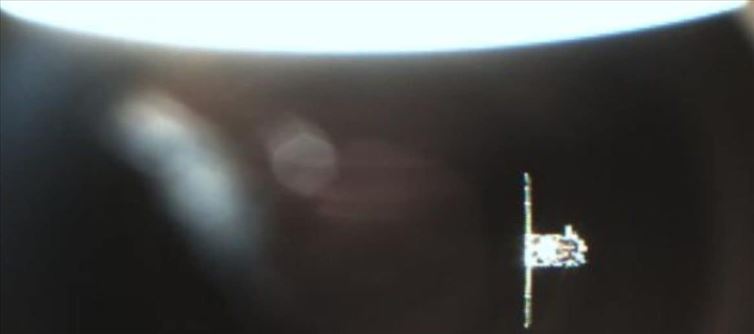
The indian space agency posted on X, saying, "Spacecraft docking successfully achieved! A momentous occasion. Let's go over how to dock the SpaDeX: The move from the 15-meter to the 3-meter hold point is finished. With careful docking, the spacecraft was successfully captured. Smooth retraction was followed by stability-enhancing rigidization. Docking was accomplished successfully.
"India became the fourth nation to successfully accomplish space docking. Kudos to the whole crew! "Congratulations to India!" the statement said.
"SpaDeX Docking Update: Post docking, control of two satellites as a single object is successful. Undocking and power transfer checks to follow in the coming days," it wrote in another post.
Later, prime minister Narendra Modi congratulated the scientists of isro for the successful docking process. He also termed the development "a significant stepping stone for India."
"Congratulations to our scientists at isro and the entire space fraternity for the successful demonstration of space docking of satellites. It is a significant stepping stone for India's ambitious space missions in the years to come," PM Modi wrote on X.
On january 12, isro said the two satellites launched to perform space docking experiments were brought within three metres and then moved safely back in a trial attempt.
The space agency also said the docking process would be done after analysing the data further.
"A trial attempt to reach up to 15 metres and further to three metres is done. Moving back spacecraft to a safe distance. The docking process will be done after analysing data further," isro said in a post on X.
The Space Docking Experiment (SpaDeX) project has missed two announced schedules for docking experiments on january 7 and january 9.




 click and follow Indiaherald WhatsApp channel
click and follow Indiaherald WhatsApp channel